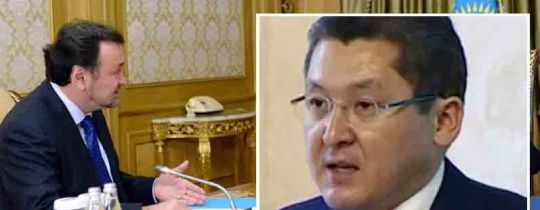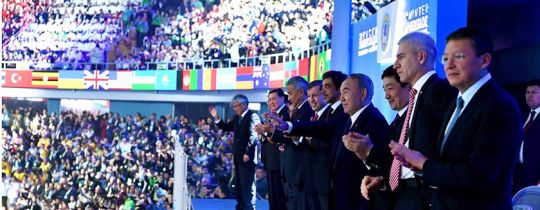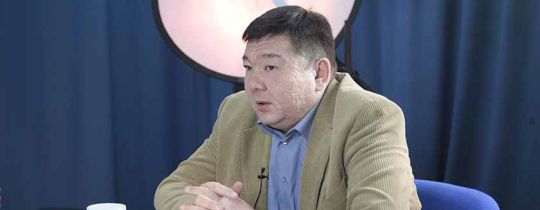On February 28, 2017, the National Bank of Kazakhstan (NBK) published quite an interesting an informative document on Kazakhstan’s balance of payment and the external debt of the country for the 9 months of 2016. We will comment on this document from the viewpoint of the economic and financial risks the country is now facing.
Experts on the Eurasian affairs are now discussing the upcoming visit of the new Uzbek president to Astana. One question in particular has aroused everyone’s curiosity. Why did Shavkat Mirziyoyev make his first official visit to Turkmenistan, why is he now coming to Kazakhstan and why, only afterwards, will he go to Russia?
In the previous articles on the subject of repressions, we showed how a political will of the highest Kazakh administration, coupled with present-day realities, turns lawful legal persecution into an instrument of reprisal against power opponents. It doesn’t matter whether the opponents are political or personal in nature.
Kazakhstan’s perspectives for development are determined not only by the factors of the inner development of the country, but also by the outside environment. This area is characterized by many factors and players and is distinguished by severe aggressiveness and unpredictability.
Pressurizing opposition activists, arresting state officials… The situation in Kazakhstan is getting bleaker every day. There is a crisis on, and it seems that Akorda is trying to rebalance things but not for the purpose of shifting the power from the president to his successor. Their goal is to preserve the status quo.
Following the US presidential elections, experts are wondering in what direction the multifaceted international policy of Kazakhstan will change. Some say it will remain the same while others believe that these potential changes depend directly on how the US relationship with Kazakhstan’s two neighbors – Russia and China – are going to develop.






